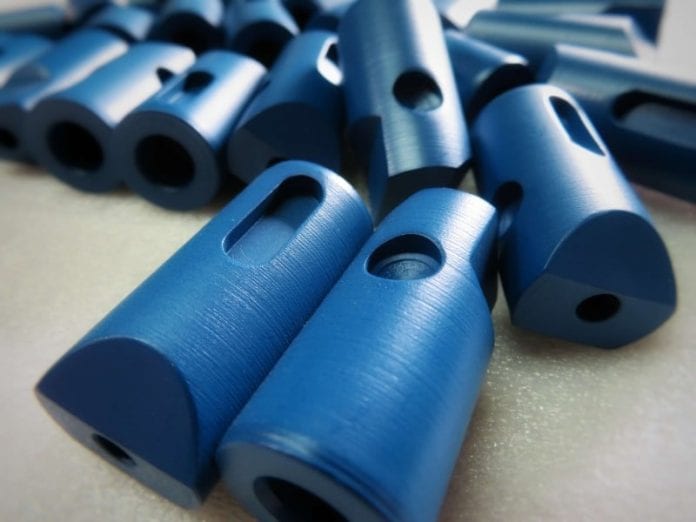What is the abrasion-resistant of coating material?
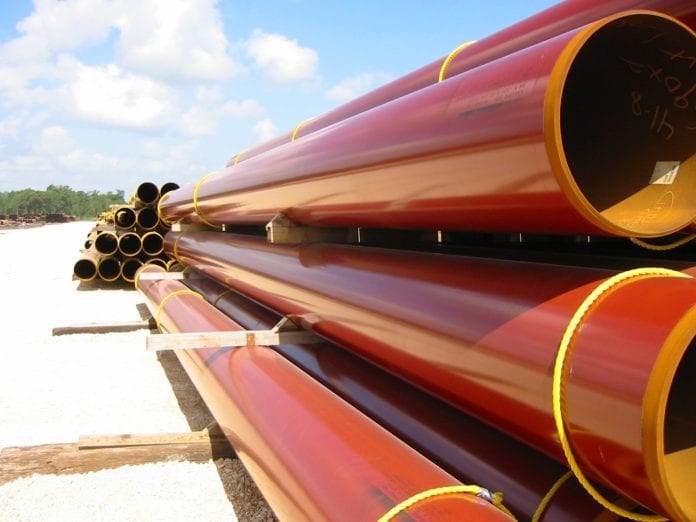
Friction and abrasion is a common phenomenon in nature. Friction is a phenomenon between two surfaces in contact with each other that hinders their relative motion due to the interaction between atoms or molecules. Abrasion refers to the continuous loss of the two contact surfaces during the friction process. As long as there is relative motion between the surface of the object there will inevitably be friction, friction will inevitably be accompanied by abrasion.
Wear resistance of paint-coat refers to the resistance of paint-coat to friction machinery in the industry. It is actually the embodiment of the comprehensive effect of hardness, adhesion, and cohesion of the daubing. Under the same conditions, the wear resistance of the paint-coat is better than the metal material, because of its viscoelastic effect, the energy can be buffered, absorbed and released. Wear resistance is usually measured with a coating abrasion tester. Under certain load, the loss of daubing weight is calculated after grinding the daubing with a grinding wheel for a certain rotation number.
Abrasion types of common coating materials
According to the abrasion process of the friction surface and its failure mechanism, abrasion can be divided into abrasive, adhesive, corrosion, fatigue, fretting, erosion and high-temperature wear. High-temperature wear is essentially a combination of adhesive and abrasive wear. The characteristics of various types of abrasion (wear) and their performance requirements for coating materials are shown in the table.
| Abrasion type | Wear the proportion | Performance requirements of coating |
| Abrasive | 50% | High work hardening ability, surface hardness should be close or even more than abrasive hardness. |
| Adhesive | 15% | The friction auxiliary material has poor compatibility, low solubility, no atom migration and strong resistance to heat softening. |
| Corrosion | 5% | comprehensive corrosion resistance and wear resistance. |
| Fatigue | 8% | High toughness, moderate hardness, small crack tendency, no hard non-metallic inclusions. |
| Fretting | 8% | High wear resistance ability with anti-frequency complex and low amplitude oscillation, can form soft grinding and is incompatible with paired surfaces. |
| Erosion | 8% | Small-angle erosion requires high hardness and large angle erosion requires good toughness. |
| High temp | 5% | A certain high-temperature hardness can form a hard oxide film with dense and good toughness, good thermal conductivity can quickly make the heat diffusion. |
Because of the complexity of the wear reason and the uncertainty of the wear type, the working environment of the parts must be analyzed clearly when selecting the wear-resistant daubing. The wear resistance of soft or worn substrates can be increased by thermal spraying.
Performance requirements for wear-resistant paint-coat
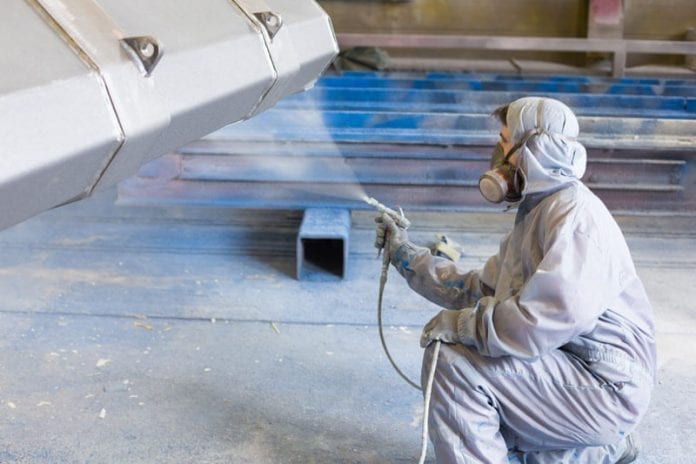
The first requirement for the wear-resistant paint-coat is to ensure that the paint-coat has sufficient bonding strength with the substrate. Therefore, the selection and design of the substrate material and the paint-coat material should be based on the premise of ensuring the strong bonding of the coating. The main factors include: the substrate should be free of deformation; the coating matches the elastic modulus of the substrate; the rigid matching of the paint-coat and the substrate material; the matching of the thermal expansion coefficient between the paint-coat and the substrate material; and the affinity between the paint-coat and the substrate material.
In addition, under the above conditions to ensure that the paint-coat and the substrate are firm enough to further put forward the requirements for the wear resistance of the coating, mainly including the following.
1. Coating hardness
Increasing the coating hardness is beneficial to increase the yield strength of the paint-coat and prevent deformation. The hardness of the paint-coat is improved, the wear resistance of the paint-coat is enhanced, and the abrasive wear rate of the paint-coat is inversely proportional to the hardness of the coating. If the coating hardness exceeds the abrasive particle hardness, the abrasive wear rate drops sharply. Therefore, the coating hardness should be as high as possible in the case of abrasive wear. In the case of sliding wear, it should be considered to use a soft paint-coat with a single-phase structure with strong toughness, but there must be no second-phase hard particles, otherwise, it will cause serious abrasive wear.
2. High temperature wear resistance
When the hard coat of paint is used as a high-temperature wear-resistant paint-coat, it not only requires good high-temperature hardness, but also the chemical solubility between the paint-coat and dual friction material is small.
3. Corrosion and Wear Resistance
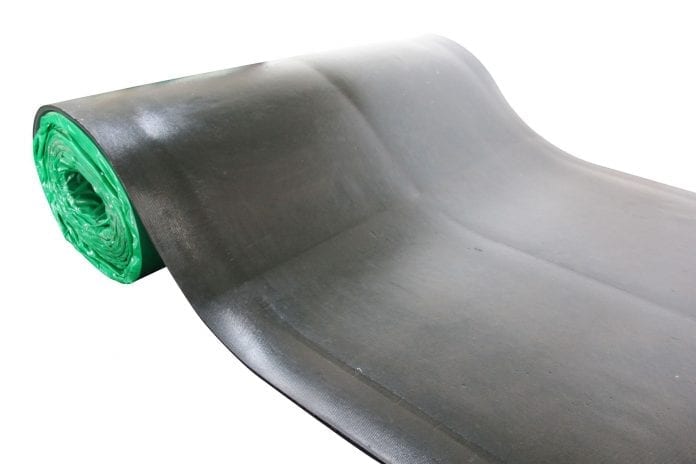
The wear resistance of the corrosion-resistant paint-coat in corrosive media also depends on the corrosion resistance of the paint-coat in chemical media. Many hard coatings have excellent corrosion resistance, especially ceramic coatings such as oxides and carbides are excellent corrosion-resistant wear paint-coat materials.
4. The high bonding strength between paint-coat particles
The hard coating particles should have a very high bonding strength between them, so that the paint-coat will not peel off, the high wear resistance of the paint-coat can be brought into full play.
In summary, the application of the wear-resistant paint-coat depends both on the wear-resistant properties of the paint-coat itself (paint-coat hardness, chemical stability, paint-coat yield strength, ability to crack the striated nucleation and growth, etc.) and on the reasonable matching of the properties between the paint-coat and the substrate.
Wear resistance testing of coating
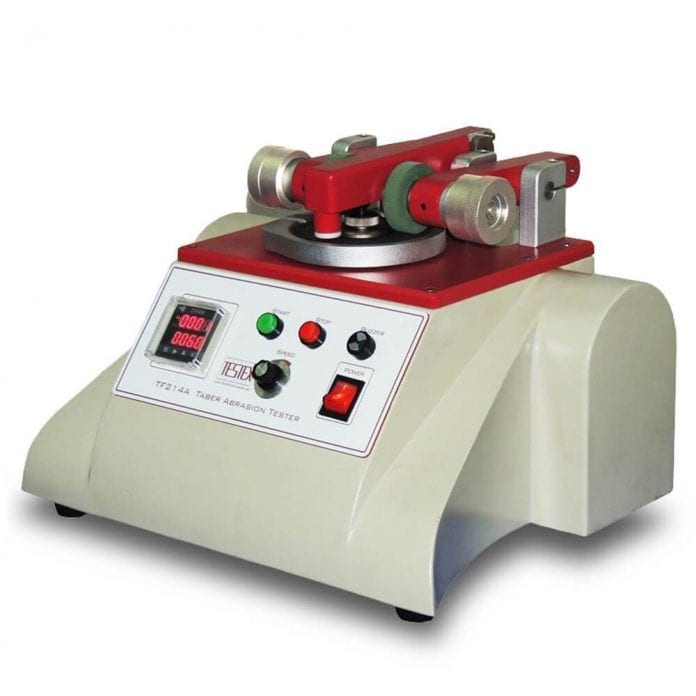
This type of resistance of paint-coat refers to the ability of the paint-coat surface to resist a certain mechanical action, it is an important feature of mechanical wear in the process of use and is closely related to the physical properties of the paint-coat, such as hardness, adhesion, flexibility and so on. At present, there are many methods to test the abrasive resistance of the paint-coat, but in essence, it can be basically divided into four kinds: rotary friction method, falling sand scour method, sandblasting impact method, and reciprocating motion wear method. The common wear-resistant testing instruments are Taber abrasion tester, Universal wear tester, Wyzenbeek abrasion tester, and DIN abrasion tester. Check this site for more details.
1. Rotating friction method
The common testing standards are: ASTM D3884, ASTM D4060, etc. The rotary friction method has two test modes: one is to test the mass loss of the paint-coat after the specified grinding rotation number (weight loss method); the other is the average number of grinding rotations required to wear the paint-coat of a specific thickness (rotation number method). Relatively speaking, the weight loss method is strict of the weighing accuracy to the sample, but it is not affected by the paint-coat thickness; while the rotation number method is intuitive and convenient to measure, it does not need to weigh, but the measurement of the thickness of the paint-coat grinding is strict.
2. Falling sand scour method
Common testing standard: ASTM D968, with this method, the selection of natural sand abrasives will have a direct impact on the test results, so the hardness, particle size and geometry of the sand are strictly required.
3. Sandblasting impact method
Common testing standard: ASTM D658, the method requires that silicon carbide with a particle size range of 75-90 microns must be selected as abrasive according to the standard requirements. In addition, the output pressure of the gas source and the uniform injection rate of abrasive are the decisive factors affecting the test results.
4. Reciprocating motion wear method
Common test standard: ASTM D4157, the test conditions of this method are easy to control, the test results are more reproducible, it has been widely used in the wear resistance test of plastic, rubber and metal materials.
